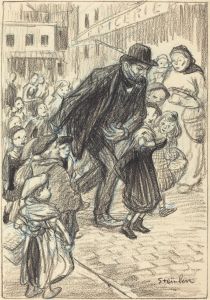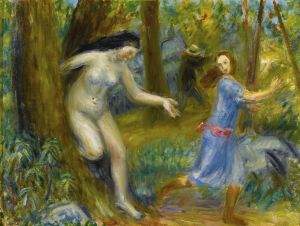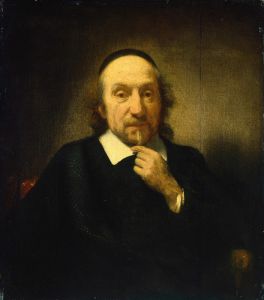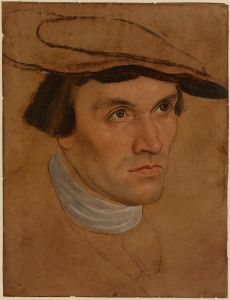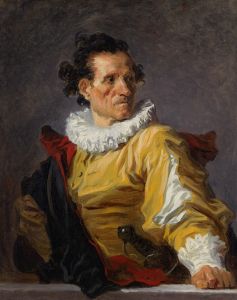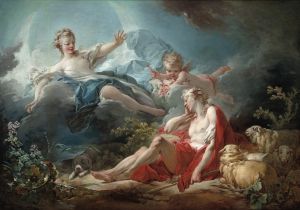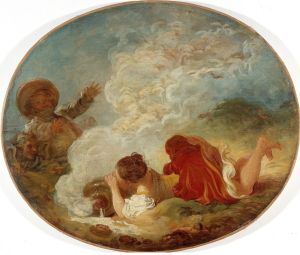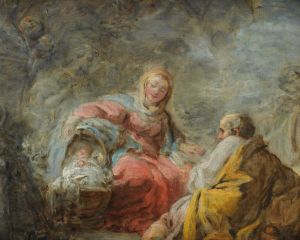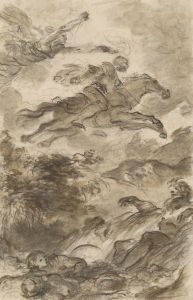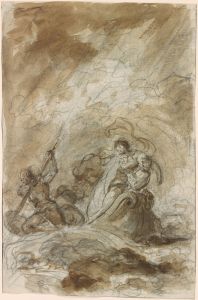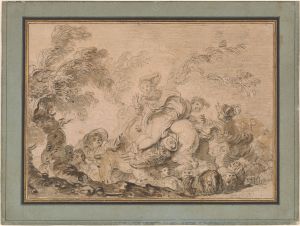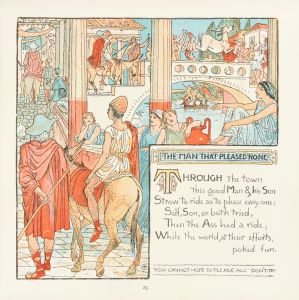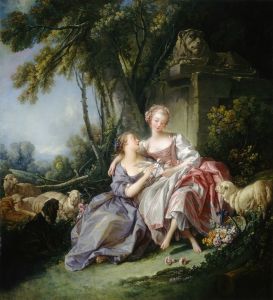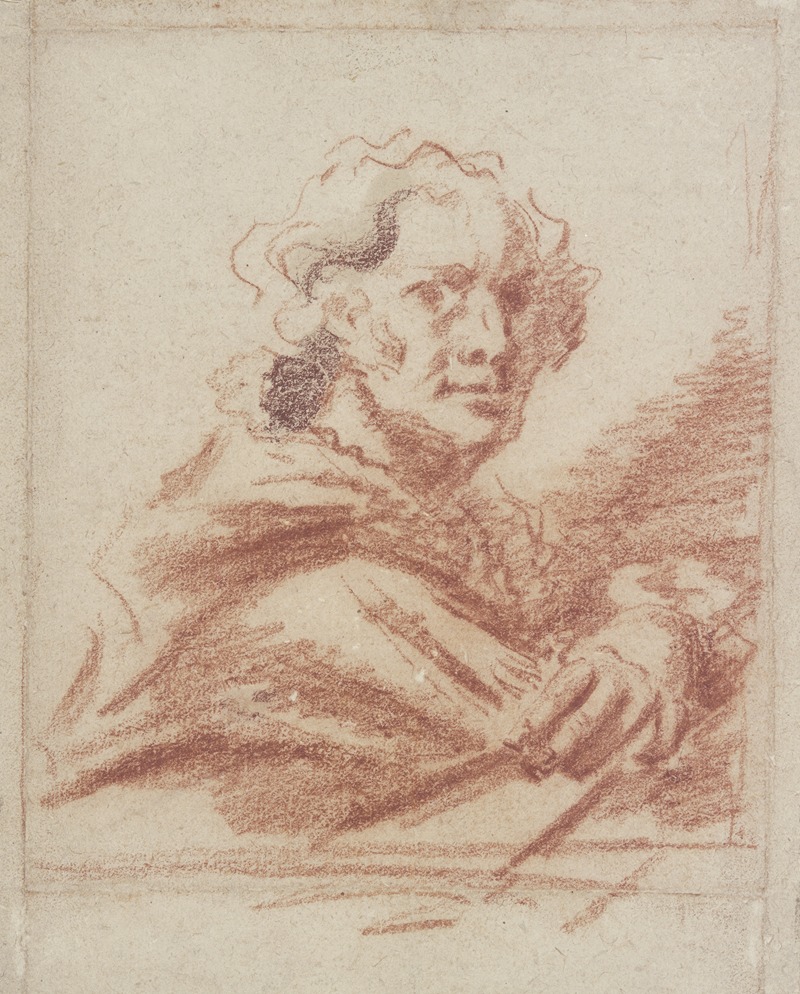
Brustbild eines Mannes im Dreiviertelprofil nach rechts
A hand-painted replica of Jean-Honoré Fragonard’s masterpiece Brustbild eines Mannes im Dreiviertelprofil nach rechts, meticulously crafted by professional artists to capture the true essence of the original. Each piece is created with museum-quality canvas and rare mineral pigments, carefully painted by experienced artists with delicate brushstrokes and rich, layered colors to perfectly recreate the texture of the original artwork. Unlike machine-printed reproductions, this hand-painted version brings the painting to life, infused with the artist’s emotions and skill in every stroke. Whether for personal collection or home decoration, it instantly elevates the artistic atmosphere of any space.
Jean-Honoré Fragonard was a prominent French painter and printmaker whose work is often associated with the Rococo movement. He was born on April 5, 1732, in Grasse, France, and became one of the most prolific and versatile artists of his time. Fragonard's oeuvre includes a wide range of subjects, from intimate domestic scenes to grand historical narratives, but he is perhaps best known for his playful and sensuous depictions of love and leisure.
One of Fragonard's works, "Brustbild eines Mannes im Dreiviertelprofil nach rechts," which translates to "Bust of a Man in Three-Quarter Profile Facing Right," is an example of his skill in portraiture. This painting captures a man in a three-quarter profile, a common pose in portraiture that allows for a dynamic view of the subject's features. The identity of the man in the portrait is not specified, and there is limited information available about the specific context or commission of this work.
Fragonard's technique in this painting, as in many of his portraits, demonstrates his ability to convey character and emotion through subtle details. The use of light and shadow, along with the delicate brushwork, highlights the contours of the man's face and the texture of his clothing. The background is typically kept simple, drawing attention to the subject's expression and demeanor.
The Rococo style, characterized by its ornate and decorative qualities, is evident in Fragonard's approach to this portrait. Although this particular work may not exhibit the full exuberance of some of his more famous pieces, such as "The Swing," it still reflects the elegance and refinement associated with the Rococo movement. Fragonard's portraits often capture a sense of immediacy and intimacy, inviting viewers to engage with the subject on a personal level.
Fragonard's career was marked by both success and challenges. He studied under François Boucher, another leading Rococo artist, and won the prestigious Prix de Rome, which allowed him to study in Italy. His time in Italy influenced his style, as he absorbed elements of the Baroque and the works of the Old Masters. Upon returning to France, Fragonard enjoyed patronage from the French court and aristocracy, producing works that adorned the walls of many private residences.
However, the political and social upheavals of the late 18th century, including the French Revolution, affected Fragonard's career. The demand for Rococo art declined as neoclassicism became the dominant style, and Fragonard's work fell out of favor. Despite these challenges, he continued to paint and adapt his style, leaving behind a legacy that would be rediscovered and appreciated by later generations.
"Brustbild eines Mannes im Dreiviertelprofil nach rechts" is a testament to Fragonard's enduring skill as a portraitist. While it may not be as widely recognized as some of his other works, it contributes to the understanding of his artistic range and the cultural context of 18th-century France. Fragonard passed away on August 22, 1806, in Paris, but his work continues to be celebrated for its charm, technical brilliance, and insight into the human experience.





